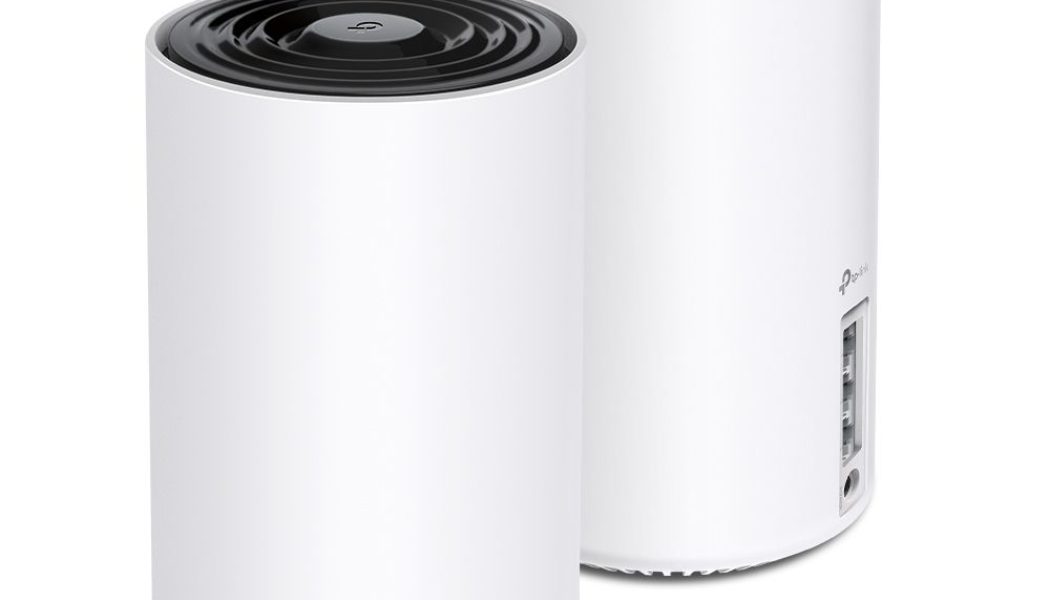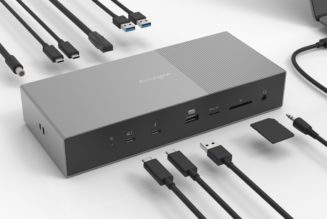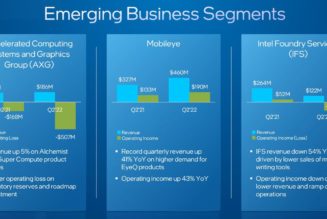TP-Link has a new “cheap” router. The Deco XE75 is a tri-band Wi-Fi 6E mesh router that should lower the cost barrier for the new 6GHz wireless technology standard. The new two-pack mesh whole home router is available now for $299.99. It’s certainly one of the first signs of Wi-Fi 6E technology reaching affordable pricing, and, best of all, the Deco XE75 seems to cut very few features.
The Deco XE75 covers about 5,500 square feet with the pair and is $200 cheaper than a two-pack of the recently released Eero Pro 6E that covers just 4,000 square feet. And the Deco claims to have a very fast peak wireless network speed of 5.4 Gbps. Though that’s a bit slower than the Linksys Atlas Max 6E at 8.4 Gbps, the Deco still undercuts it by about $600.
The savings mean you won’t get advanced options like the 5 Gbps ethernet found on the Atlas Max, let alone the 10 Gbps option available on the Netgear Orbi Wi-Fi 6E. But each of the Deco’s nodes do come with three gigabit ethernet ports, allowing you to take full advantage of a home gigabit internet plan.
The Deco XE75, the new Eero Pro 6E, and the Linksys Atlas Max are all tri-band, meaning devices can connect via 2.4, 5, and 6GHz bands. Older Wi-Fi 5 routers also came in tri-band flavors, supporting both 2.4 and 5GHz bands while providing backhaul — a dedicated local network communication lane — on a separate 5GHz band. Now with Wi-Fi 6E, routers can use the 6GHz band to support even higher bandwidth devices while working double duty for backhaul.
Tri-band Wi-Fi 6E routers like the Deco XE75 don’t really need that extra 5GHz band since there aren’t many 6GHz-compatible devices out there yet. You would theoretically need multiple brand new PCs that have the tech and several of the latest Samsung Galaxy phones all simultaneously pushing the network to its limits before you experience congestion.
:no_upscale()/cdn.vox-cdn.com/uploads/chorus_asset/file/23321776/Deco_XE75_1.0_Overview_02.jpg)
The Deco has also been tested to support up to 200 devices on the network, which could be a lot more than the Eero Pro 6E’s advertised 100-plus devices. And while Deco doesn’t have robot antennas like the TP-Link Archer AXE200 Omni, it does have an AI-driven mesh system for better connections.
Overall the Wi-Fi 6E standard is rolling out slowly since its debut, and the lack of endpoint devices supporting the tech means buying a more affordable regular Wi-Fi 6 or a premium Wi-Fi 5 router might be better worth it. But if you somehow actively own multiple Wi-Fi 6E devices and want the latest tech, then, at $299, the Deco XE75 brings you affordable Wi-Fi 6E.









